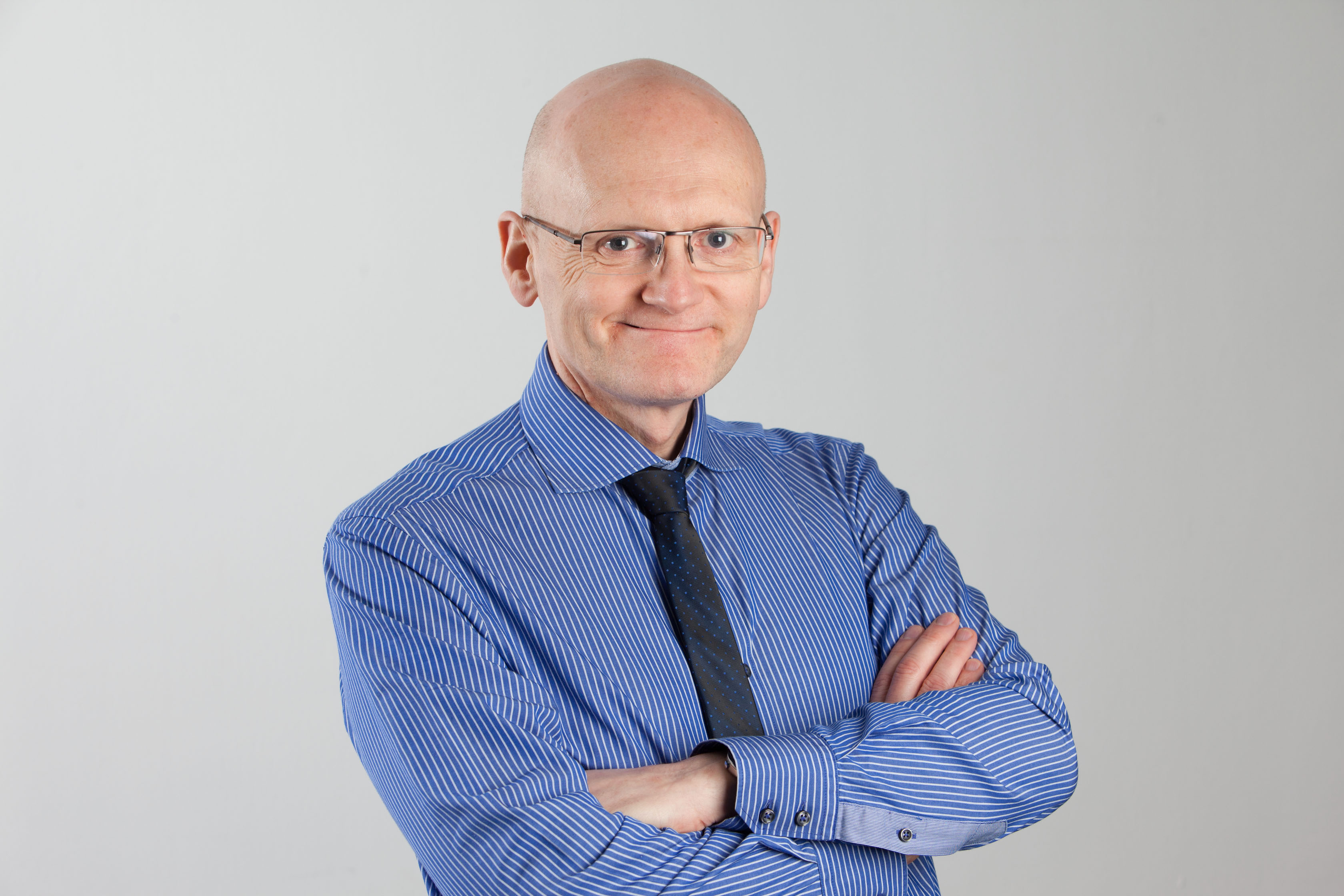Don McLean: Shared solutions for shared challenges - whole-system thinking in the built environment

Don McLean
Don McLean, CEO at Integrated Environmental Solutions (IES), shares how a whole-system approach, supported by performance modelling technology, can support AEC professionals in meeting both housing demand and sustainability targets.
Scotland is grappling with two somewhat conflicting challenges: tackling a growing housing crisis while making meaningful progress towards critical net-zero targets. The built environment already accounts for around 40% of global greenhouse gas emissions, and building more homes without exacerbating the issue will be no easy task. With a legally binding commitment to reach net zero by 2045, five years ahead of the UK-wide target, the pressure is on for Architecture, Engineering, and Construction (AEC) professionals across the country to deliver housing quickly, at scale, and critically, in a sustainable way.
Delivering this means rethinking how we design, build and operate our homes and neighbourhoods - balancing quantity of stock with quality of delivery to ensure we’re not only expanding housing supply, but also slashing carbon and energy use across the board. Traditional approaches to decarbonisation often focus on standalone buildings, but to make real progress, we need to take a holistic approach that treats housing as part of a wider, interconnected system to be improved.
By planning and assessing the energy performance of entire developments, rather than individual units, we can better manage collective needs and make a meaningful difference. For example, implementing renewable energy sources like solar panels across multiple homes opens the door to shared storage systems and local energy trading opportunities, further improving efficiency and reducing waste.
Take a row of semi-detached houses, for example. Each one may have different energy demands, but all could benefit from a collaborative approach to generation and storage. If every home had solar panels feeding into a communal battery system, households could store excess energy for later use, trade electricity among themselves, or feed surplus back to the grid. This type of local energy system reduces costs, improves efficiency, and empowers communities to take control of their energy use.
Beyond solar and battery systems, other shared resources, such as ground or air source heat pumps, district heating networks, communal EV charging, or rainwater harvesting, could also play an important role. These shared assets can reduce duplication, make better use of space and infrastructure, and deliver greater carbon savings when deployed at scale. A joined-up approach like this can make entire neighbourhoods more resilient and future-ready.
Performance modelling - using digital simulations to assess and optimise a building’s performance across its lifecycle - can help turn these well-meaning intentions into a practical reality that generates real benefits from the outset. Rather than looking at homes in isolation, modelling an entire housing block or neighbourhood enables designers and planners to assess how a group of homes will perform as part of a wider energy system. Simulating real-world conditions, taking into account factors such as seasonal demand, solar exposure, or occupancy patterns, enables smarter decisions about the type, size, and placement of low-carbon technologies.
It also enables scenario testing to assess the long-term impact of various design choices. For instance, what happens to energy sharing in winter, when people are more likely to turn on the central heating? How would a shared battery cope with peak demand? These are the kinds of questions that performance modelling can help answer in advance, enabling stakeholders to plan, invest, and design with confidence.
Given that 80% of the buildings that will exist in 2050 are already standing, retrofitting these measures to existing buildings will also be essential to meet net zero targets. Performance modelling plays a vital role here too, allowing professionals to simulate different retrofit strategies and determine which ones will have the most impact for the least cost. It helps to avoid a trial-and-error approach and instead supports informed decision-making, ensuring retrofit schemes deliver the results they promise.
Operational improvements alone can reduce energy use intensity by 26%. That’s a huge amount of energy currently being wasted in buildings that are already standing, and it highlights the importance of not just investing in new technologies and materials, but in better data and planning tools, too.
A good example of this whole-system approach is in the East Midlands, where IES partnered with Mott MacDonald to support Derbyshire and Nottinghamshire’s journey to net zero. Backed by the East Midlands Combined County Authority, the Local Area Energy Plan became the largest of its kind in England. Using digital twin technology, IES modelled the energy and carbon performance of buildings across the region, helping to identify the most effective interventions and establish a strategic pathway to net zero, as well as providing a platform for ongoing progress tracking. The plan has helped to guide strategic investment and created new opportunities for jobs and skills in low-carbon industries.
The journey to net zero is certainly complex, but it’s not impossible. By adopting a whole-system approach, we can make smarter use of the technologies, data, and infrastructure already at our disposal and incite real change. Whether building new homes or retrofitting old ones, the tools now exist to plan, model and deliver neighbourhoods that are efficient, resilient, and fit for the future. If Scotland is to meet its dual challenges of taking climate action and meeting housing needs, this holistic and collaborative approach isn’t just helpful - it’s crucial.














